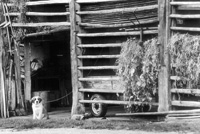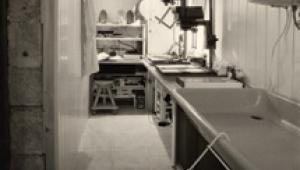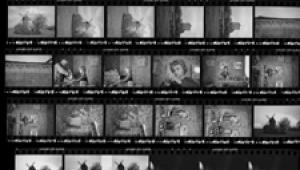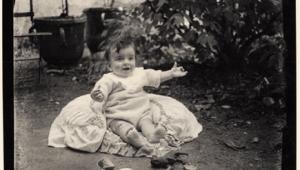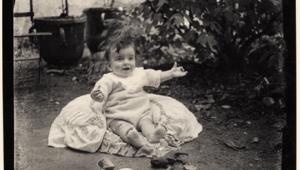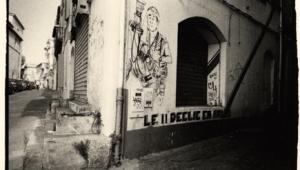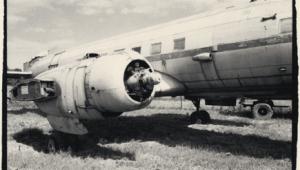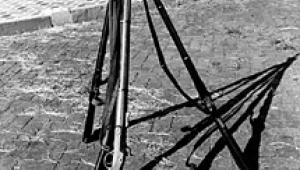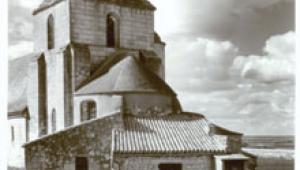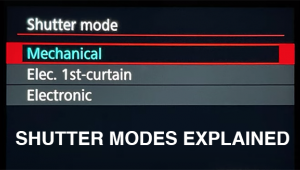The Darkroom
Your Traditional Darkroom
What is the use of having
an old-fashioned, "wet" black and white darkroom in the
21st century? Well, it's a bit like religion. If you have to ask
the question, you'll never understand the answer. Anyone who loves
darkroom knows the answer. Producing a real, silver halide print the
old-fashioned way is both art and craft. But there's even more
to it than that. |
|||
Open Up To The Silver
Options |
|||
Some Insider Tips The Image Legacy |

